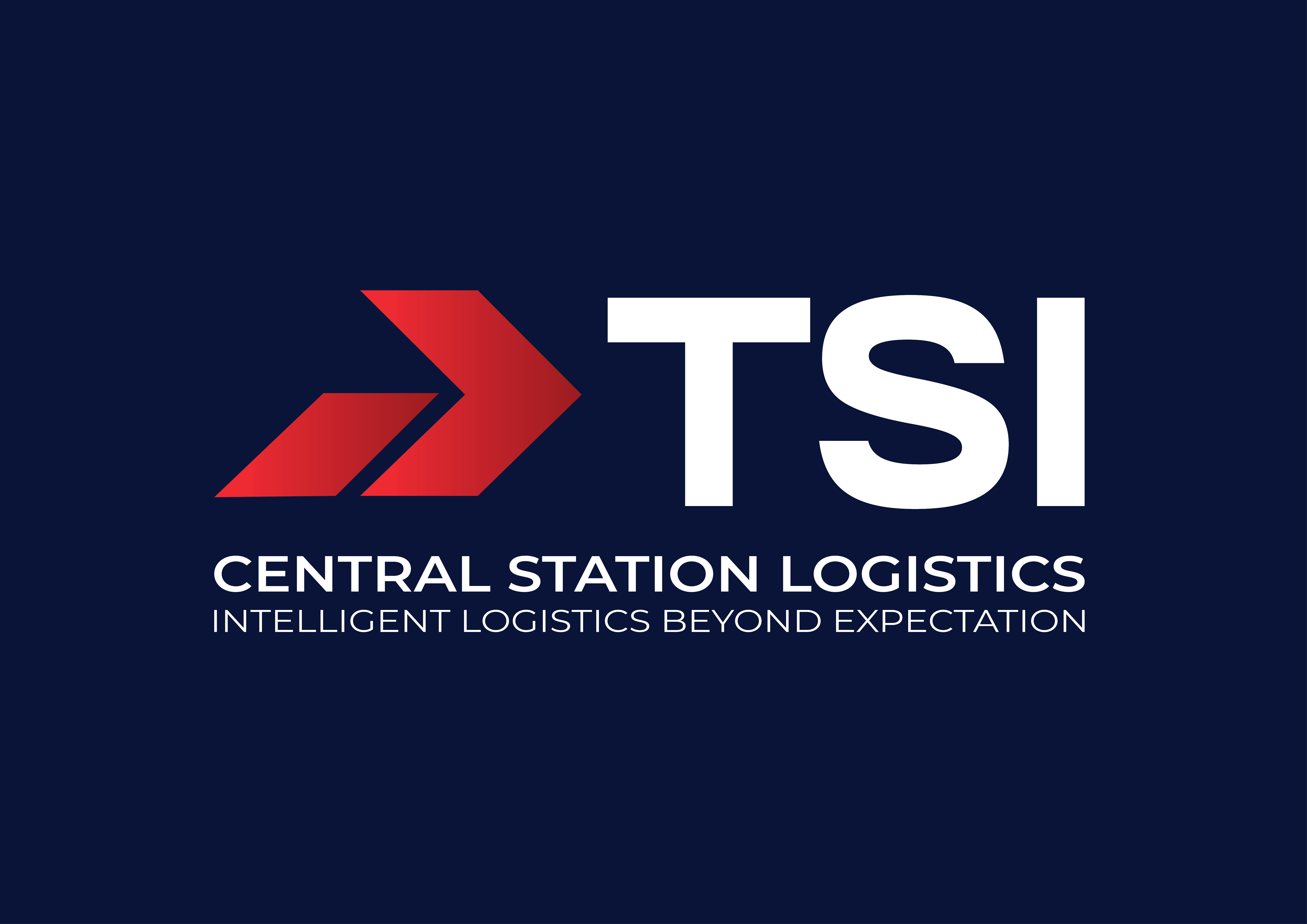TSI Carriers desperately playing catch-up game

While shipping prices continue to shoot through the roof, carriers are still desperately trying to keep up with demand and struggling with capacity. We can’t anticipate a reduction in shipping costs anytime soon, but what about an increase in container capacity? We take a closer look at what is driving this shortage in capacity of containers.
Increasing Volume of Goods Needing to be Moved
Since the start of the pandemic, consumer purchasing patterns have changed and there has been an increase in demand for goods, which has led to an increase in the volume of goods needing to be moved. In the USA alone, there was a 40% increase in imports. “Essentially, the same thing happened all over the world. The logistics infrastructure was simply unable to handle the demand and massive spike in volumes, and the entire system slowed down in light of large-scale congestion,” explains Jaana Remes, a partner with McKinsey.
Not Enough Container Ships
It takes around 18 months to build a container vessel, so even though there are many on order, it will still be a while until we see them on the water. This lack of capacity causes a backlog, which adds to delays. Despite this lack of capacity, consumer demand isn’t slowing down and doesn’t show signs of doing so in the future. Things are also not being made easier by Covid-19 outbreaks at ports which cause a delay in services.
Container Shortages and Increasing Shipping Costs
“The spike in rates has nothing to do with the demand increase, but everything to do with the reduction in capacity that has appeared in the system,” said Steve Saxon, a partner and logistics expert at McKinsey. Just to give an indication of the rise in shipping costs, where it used to cost $2000 to ship a standard 40-foot container from China to the US, it will now cost $12 000 or even more! Due to the lack of container capacity and increasing freight prices, importers and exporters are looking for alternative solutions, and South Africa’s products are becoming more expensive both inside and outside the country.
What does the future hold when it comes to managing shipping costs and container shortages? Experts anticipate an increase in long-term contracts between shippers and container lines that will include specific volume commitments. We’ll be keeping a close eye on this! Watch this space.


